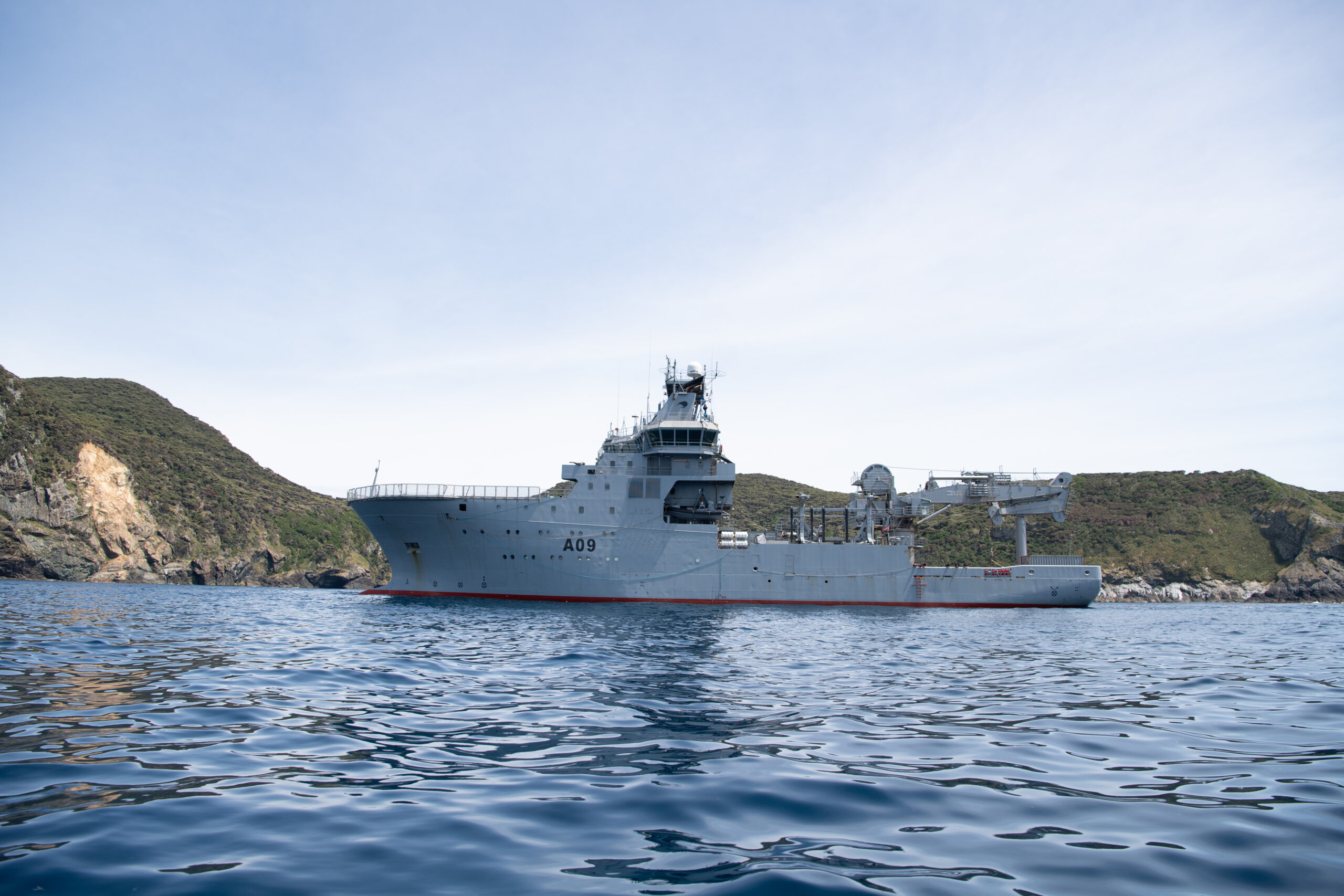The New Zealand Defence Force has announced details of its Court of Inquiry into the wreck of HMNZS Manawanui in Samoa.
A Samoan International Relations expert based in New Zealand has called for an international inquiry into the sinking of the New Zealand navy ship.
The Science Media Centre asked experts to comment.
Professor Paul Myburgh, Law School, Auckland University of Technology, comments:
“Groundings and other major maritime incidents involving New Zealand-flagged commercial vessels are normally investigated by Maritime New Zealand, and may also be referred to the Transport Accident Investigation Commission.
“However, because the HMNZS Manawanui was a Naval vessel engaged in governmental as opposed to commercial activity (here, hydrographic surveys for nautical charts), it is the NZDF that will hold a Court of Inquiry to determine the causes of the grounding and any legal liability (whether under military or civil law) arising from the incident. As non-military personnel (scientists) were also on board, there may technically be a jurisdictional overlap with the Transport Accident Investigation Commission, but the investigation is more likely to be left up to the Naval inquiry.
“Samoa might also decide to investigate the incident as it occurred within its territorial waters and any resulting pollution might have a major impact on the environment and local peoples’ livelihoods. As with the grounding of the MV Wakashio off Mauritius, it is likely that Samoa would have to commission overseas experts to fly to Samoa to investigate on behalf of the Samoan Government, given the lack of local resources and expertise.
“The vessel is now a wreck, which means that it is under the control of the Samoan Ministry of Transport, acting as a Receiver of Wreck under the Samoa Shipping Act. Any parts of the wreck that are found or that wash up on shore must be handed in to the Receiver of Wreck. Failure to do so constitutes a criminal offence. If the wreck becomes a hazard to navigation, the Ministry may order its removal by its owner, the NZ government.
“If this was a commercial vessel, any legal issues arising from salvage or marine pollution would be dealt with under the Salvage Convention and the Marine Pollution Convention respectively. Both NZ and Samoa have implemented these Conventions. However, as an NZDF vessel engaged in governmental activity, the HMNZS Manawanui is subject to the doctrine of sovereign/State immunity. This means that the ship (and all similar vessels worldwide) are excluded from these Conventions, and that the ship is not subject to normal maritime legal process or enforcement of maritime claims. Any salvage, cleanup operations, or compensation for pollution are therefore likely to be primarily dealt with by inter-governmental and diplomatic negotiations and arrangements.
“Affected locals have expressed their dissatisfaction with the speed and effectiveness of the responses of both the Samoan and NZ governments. Unless the NZ government acts swiftly and decisively to eliminate, or at least mitigate, marine pollution caused by the wreck, this incident has the potential to significantly strain relations between the two countries.
“Ultimately, if it were to be proven in the Naval inquiry or other investigations that the grounding was caused by negligence, those affected by marine pollution might have a cause of action in tort against the NZ Government under the Crown Proceedings Act.”
Conflict of interest: None
